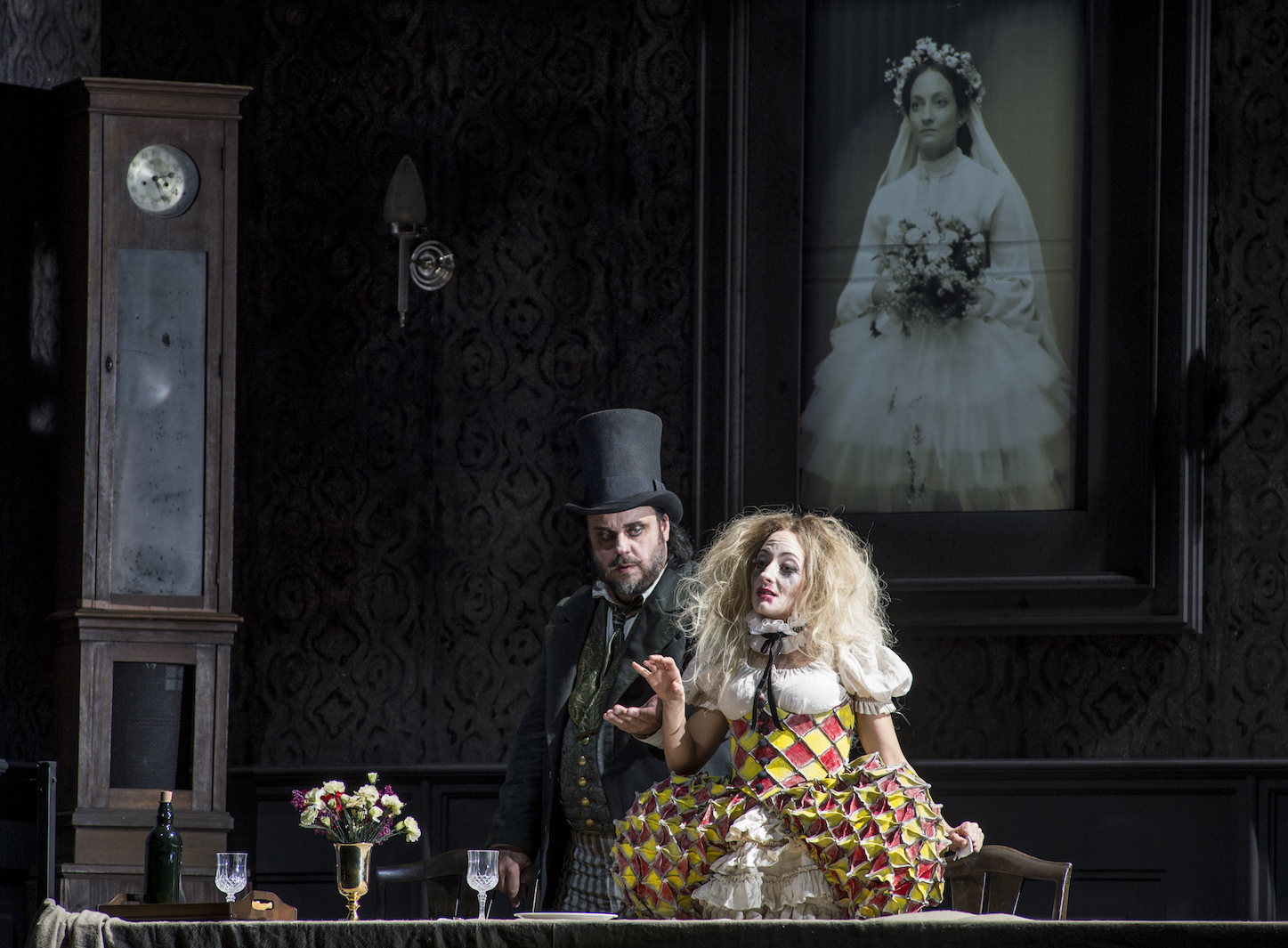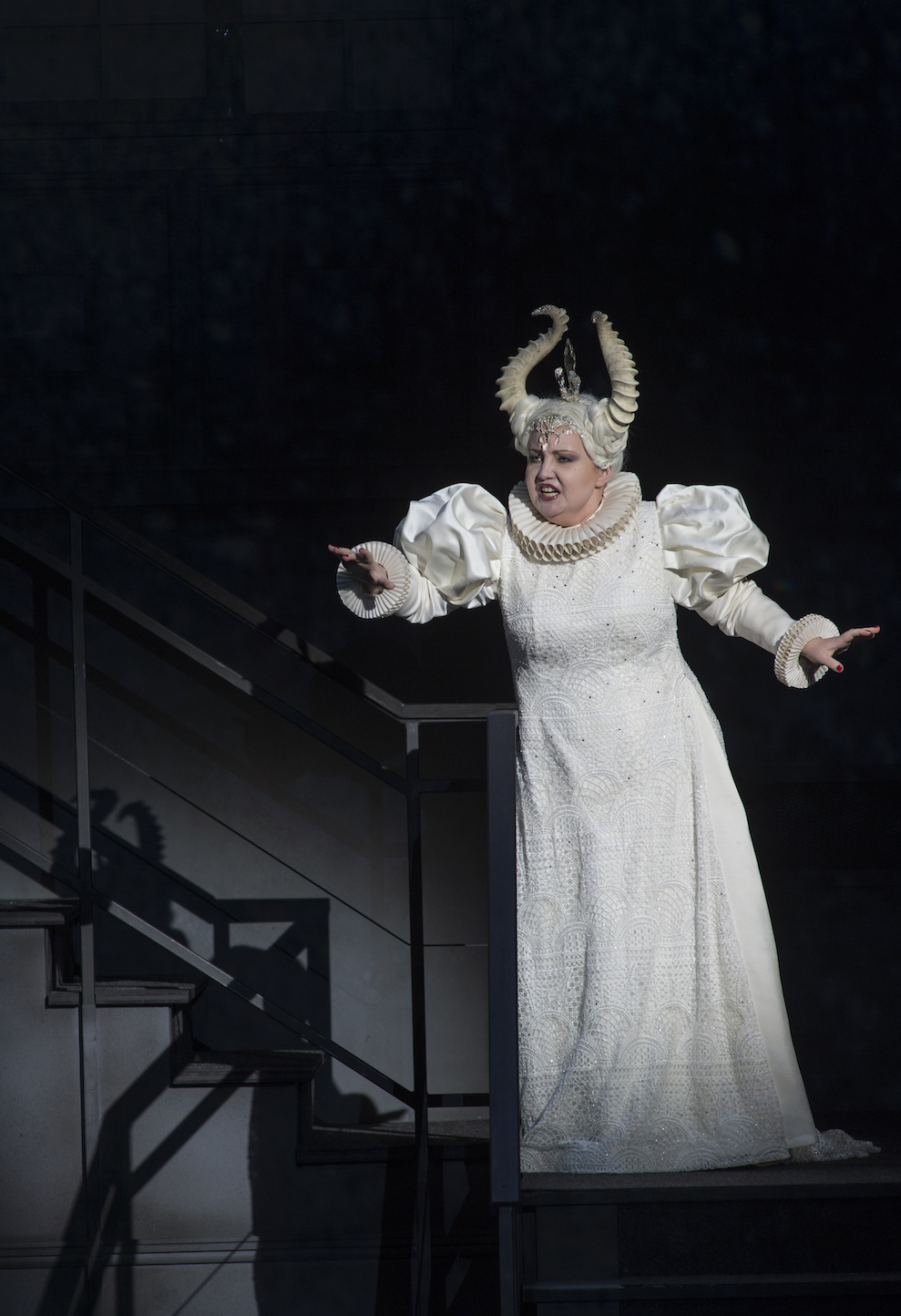SALZBURG’S FLUTE IS NOT WITHOUT MAGIC

Last night I attended the first performance of my week in Salzburg during the conclusion of the Summer Festival. It was the sixth performance of Mozart’s last opera the Magic Flute (Die Zauberflöte). Billed initially by Mozart as a “German opera” it was also described as “grand opera”. Its mixture of fairy tale, comic and Baroque opera seria elements which were used in 17th and 18th century opera depict the other worldly is what distinguishes it.

Broadly the opera is a singspiel, a popular form that included both singing and spoken dialogue. It is in two acts with a German libretto by Emanuel Schikaneder. The work was premiered on 30th September 1791 at Schikaneder’s theatre in the outskirts of Vienna just two months before Mozart’s premature death.
In the opera, the Queen of the Night persuades Prince Tamino to rescue her daughter Pamina from captivity under the high priest Sarastro; instead, he learns the high ideals of Sarastro’s community and seeks to join it. Separately, then together, Tamino and Pamina undergo severe trials of initiation, which end in triumph, with the Queen vanquished. The earthy Papageno, who accompanies Tamino on his quest, fails the trial completely but is rewarded any way with the hand of his ideal female companion Papagena.

With the sonorous Vienna Philharmonic in the pit, young Greek conductor Constantinos Carydis played the overture at breakneck speed. The tempo settled down with the arrival of Prince Tamino chased by the dragon and rescued by the three ladies of the Queen of the Night. They slay the dragon where upon the bird catcher Papageno arrives. The three ladies show Tamino a picture of Pamina the Queen’s daughter. He immediately falls in love professing his intention to find her for himself.

The Queen of the Night then makes her dramatic entrance giving Tamino a magic flute and Papageno a glockenspiel both with magical properties. The opening rescue scene Zu Hilfe took time to settle down with Swiss tenor Mauro Peter lavishing intimate tone. The picture aria Dies Bildnis was not ideally phrased wanting in melodic beauty although it had attention to detail more suited to lieder. Papageno sung here by Adam Plachetka, darling of Vienna audiences was also out of his depth in his Vogelfanger aria. Albina Shagimuratova as the Queen of the Night, a role which he has made her own all over the world including the Met and at Covent Garden disappointed in her first aria O zittre nicht…Zum Leiden. She seemed nervous with some imprecise pitching in the running scalic passages.

German soprano Christiane Karg made a lovely Pamina. Things improved considerably having her on stage with the duet Bei Mannern which also saw Plachetka in improved voice. The finale to Act One was unremarkable with Matthias Goerne a less than sonorous Sarastro. Here again was the approach of a lieder singer rather than a deep voiced operatic singer so needed for this role.

In the Second Act all the principals redeemed themselves better. This act replete with Masonic ritual has two arias for Sarastro both delivered decently by Goerne, a comic aria for the slave Monostatos secretly in love with Pamina, the Queen of the Night’s second aria stunningly delivered this time. Other high lights were Papageno’s second aria, his duet with Papagena sent up hilariously with a series of prams arriving and exiting stage from left to right indicating the numerous children of this pair. Pamina’s mad scene and Papageno’s suicide scene were also memorably sung.

A word about the production by Lydia Steier. It is set in a circus with acrobats and clowns. The story is narrated by a grandfather to his three grand children. Mention must be made of the three boys from the Vienna Boys Choir who sing the parts of the Three Boys.





